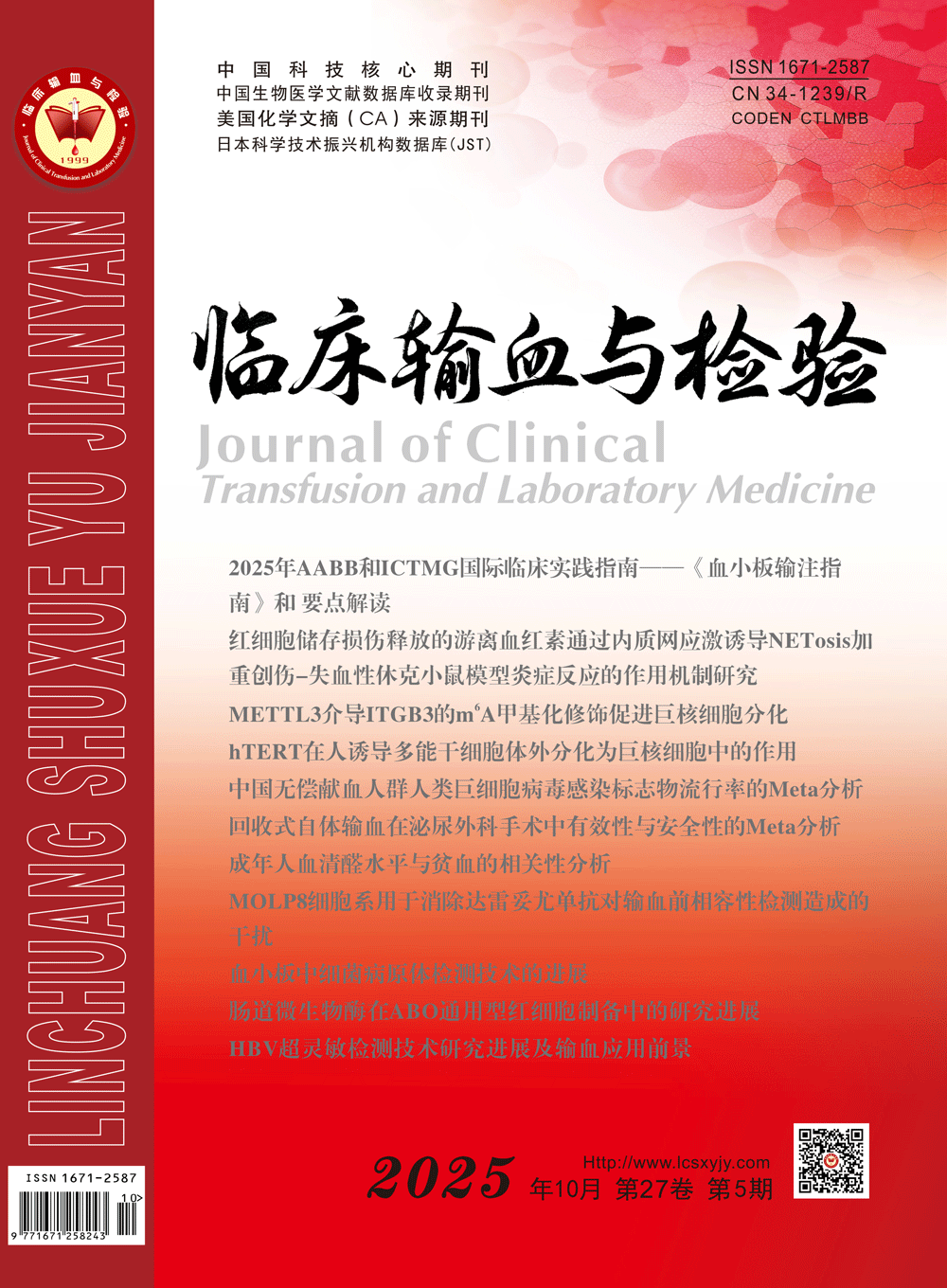
Responsible Institution:
Anhui Commission of Health
Sponsor:
The First Affiliated Hospital of University of Science and Technology of China (Anhui Provincial Hospital) Anhui Provincial Association of Transfusion
Editor-in-Chief:XU Ge-liang
Publication Frequency:Bimonthly
CSSN:
ISSN 1671-2587
CN 34-1239/R
Please wait a minute...
|
||||||||||||